A FISH ALSO MAY BE A PRODUCT OF GEOGRAPHICAL IDENTIFICATION
Hilsa is a very important species of fish in Bangladesh. And it contributes about 12 percent of the total fish production, and about 1 percent of GDP in Bangladesh. In Bangladesh, about 450,000 people are directly involved with the catching for livelihood. And many people are indirectly involved with the trade. It is also the national fish of Bangladesh.
Currently the Hilsa fish is widespread, and is listed as Least Concern. But there have been serious declines in some major populations due to overfishing by commercial fisheries. The fish is relatively widespread in the Indian Ocean, where the fish is common and abundant is some areas. Read some more information about this fish species below.
Characteristics
The Hilsa fish has fusiform body, which is deep and laterally compressed. It has no dorsal spines, but has 18-21 dorsal soft rays and anal soft rays. The belly has 30-33 scutes. Body of these fish is generally covered with big sized scales. And their body is generally of bright silver color, with slightly green backside. They have straight or slightly curved gill rakers, and have no teeth on the jaws.
Ilish, Hilsa herring, Hilsa Shad, Ellis, Modar, Palva, Pallo Machhi, Sboor, Terubuk, hilsa fish, about hilsa fish, hilsa fish appearance, hilsa fish bangladesh, hilsa fish breeding, hilsa fish color, hilsa fish characteristics, hilsa fish eggs, hilsa fish facts, hilsa fish history, hilsa fish catch, hilsa fish total catch, hilsa fish info, hilsa fish images, hilsa fish origin, hilsa fish photos, hilsa fish pictures, hilsa fish rarity, hilsa fish size, hilsa fish scales, hilsa fish uses, hilsa fish trade, hilsa fish varieties, hilsa fish weight
The mature Hilsa fish can reach up to 60 cm body length. The males are generally smaller than the females. And these fish can grow up to 3 kg live body weight. Photo and info from Wikipedia.
Diet
The Hilsa fish are filter feeders. They generally filter feeds by grubbing muddy bottoms. They generally eat different types of plankton. Their diet commonly include small plant, diatoms, rotifera, microcystis, oscillatoria, spirogyra, protozoa, alga etc.
Breeding
The Hilsa fish generally reach maturity within their 1-2 years of age. They breed mainly in rivers, upstream to about 50 km or even over 1000 km as in the Ganges. But the younger fish may breed in the tidal zone of rivers. The main breeding season of this fish is during the southwest monsoon from May to August. With a shorter season from January to February or March. Depending on the size of the females, they can lay up to 2 million eggs per spawning.
Uses
The Hilsa fish is mainly used for food. It is highly valued in Bangladesh, India and some other South Asian countries.
Special Notes
The Hilsa fish is a very important species of fish. It is commercially very important is some south Asian countries. It is highly valued in Bangladesh and India (especially in West Bengal, Andhra Pradesh and Tamil Nadu). It is a very popular fish amongst the people of South Asia and Middle East, but especially with Bengalis and Odias. It is highly popular mainly because of it’s flavor and taste. The fish is also exported globally.
The Hilsa fish is actually an oily fish, and is rich in Omega 3 fatty acids. It is generally marketed fresh, frozen, smoked and salted. A dish named ‘sorse illish‘, prepared with mustard seed paste is very popular amongst the Bengalis. It is said that people can cook the Hilsa fish in more than 50 ways. However, review full breed profile of the Hilsa fish in the table below.
Hilsa Fish | Breed Profile
Name Hilsa
Kingdom Animalia
Phylum Chordata
Class Actinopterygii
Order Clupeiformes
Family Clupeidae
Genus Tenualosa
Species T. ilisha
Binomial Name Tenualosa ilisha
Other Names Also known as Ilish, Hilsa herring, Hilsa Shad, Ellis, Modar, Palva, Pallo Machhi, Sboor, Terubuk etc
Breed Purpose Mainly food
Weight Can reach up to 3 kg
Special Notes Economically very important fish species of Bangladesh, India and some other south Asian countries, highly valued in India, Bangladesh and also in international market, especially very popular amongst the Bengalis, highly valued for it’s flavor and taste, exported globally, rich in Omega 3 fatty acids, marketed fresh, frozen, smoked and salted
Breeding Method Natural
Climate Tolerance Native climates
Body Color Bright silver
Rarity Common
Availability Asia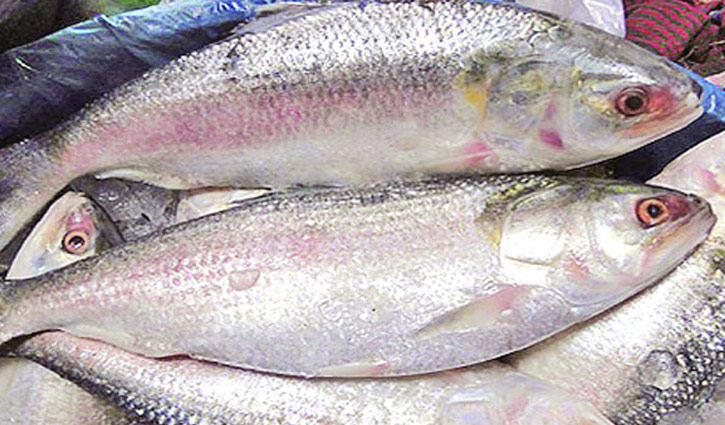
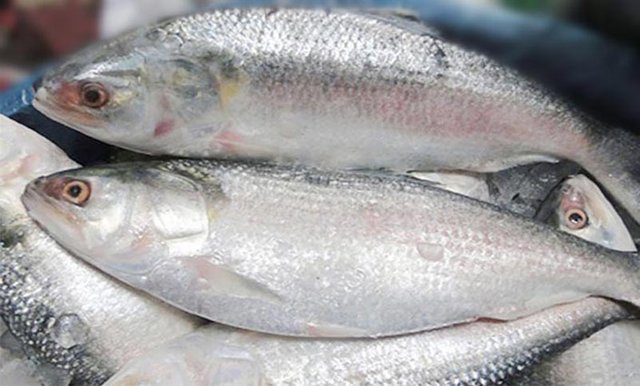
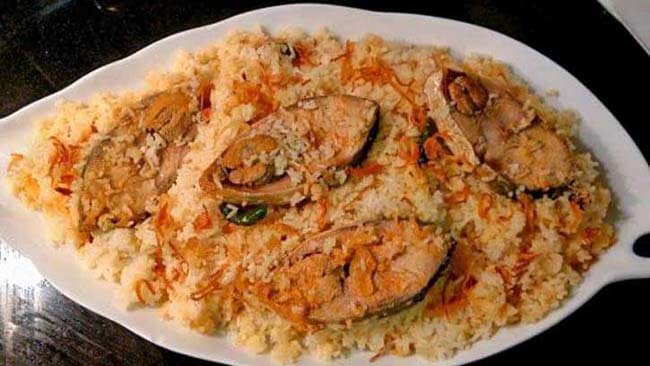
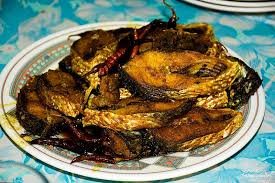
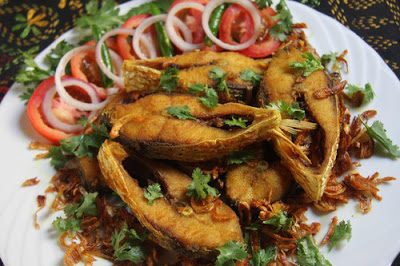
i like 'hilsha' fish..... nice post....
Really?